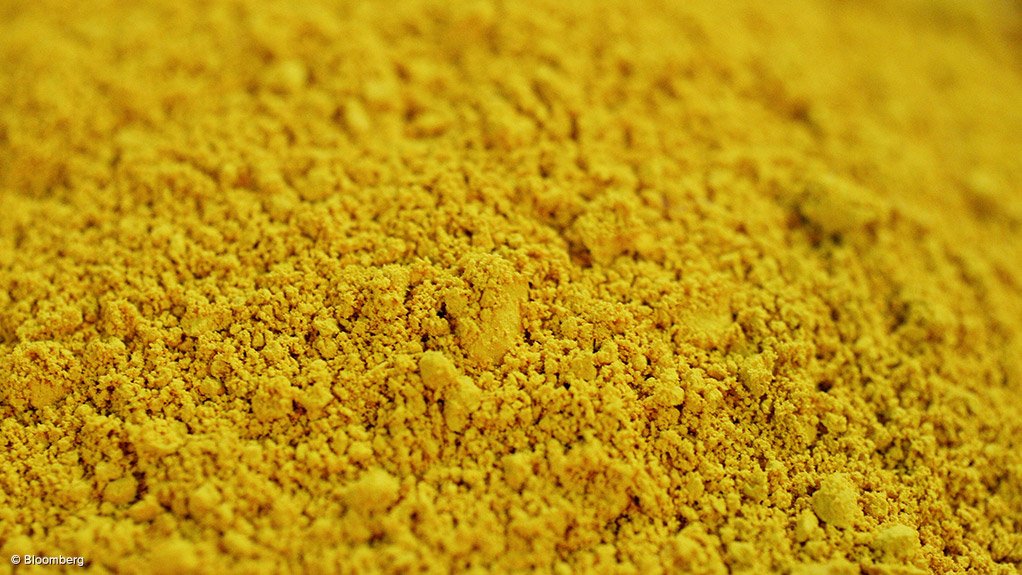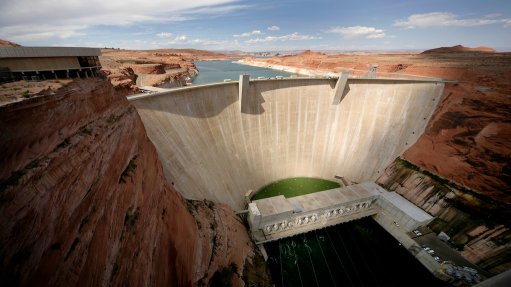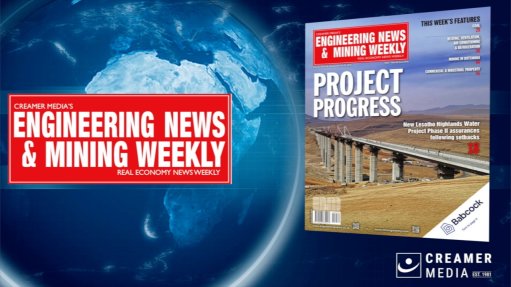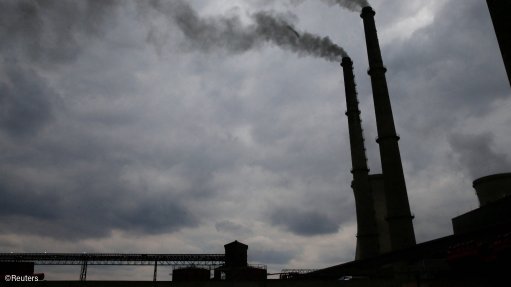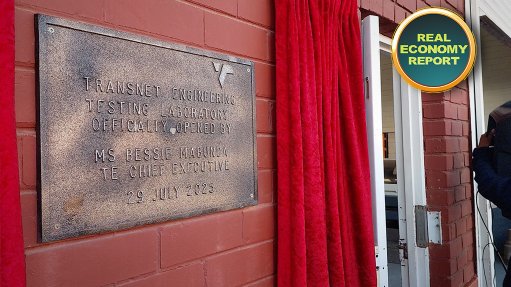Uranium market freezes as tariff threats rattle would-be buyers
The North American uranium market is grinding to a halt as US nuclear-power companies spooked by President Donald Trump’s tariff threats slow purchases and delay new contracts.
US utility purchases of the nuclear fuel dropped by half as the imposition of Trump’s 10% levy on Canadian energy exports approaches, according the most-recent data from pricing firm TradeTech. Reactor operators who typically rely on term contracts are standing on the sidelines to see how the tariffs play out.
Few sectors are as at-risk as US nuclear power, which relies on Canada for more than one-fourth of its uranium — more than any other source — and uncertainty about the scope and duration of levies set to kick in on April 2 is discouraging buyers of the reactor fuel. It’s also setting the stage for additional market dislocation when nuclear operators eventually begin to exhaust inventories.
The turmoil complicates decision making for utility executives trying to balance expansion plans with conflicting signals on electricity demand for data centers.
“Utilities are waiting to see what this all means before they take action,” said Karen Radosevich, manager of nuclear fuels supply at Entergy, which operates four reactors in Arkansas, Mississippi and Louisiana.
For now, investors are wary: a closely watched exchange-traded fund that includes uranium miners has tumbled 14% this year, almost four times the slide in the S&P 500 Index. North America’s biggest uranium producer, Cameco, is down 19%. Meanwhile, uranium futures are down roughly 40% from the 2024 peak.
To be clear, there’s little near-term danger of US reactors running short of fuel. Given the long-term nature of uranium-supply contracts, utilities are well-supplied for this year and most of 2026, Cameco CFO Grant Isaac told an industry conference in Florida in February.
Still, some utilities have sought to ensure uranium access to avoid cost bumps. Entergy began accelerating deliveries of Canadian uranium weeks ago, after Trump announced a delay to the tariff’s implementation, Radosevich said.
“We’re looking at everything that we can do within our portfolio of contracts,” she added. “But we’re not really looking to sign new long-term contracts.”
The US is the world’s largest uranium buyer, home to 94 nuclear reactors that power tens of millions of homes and offices. Most of the material comes from foreign imports, with US utilities sourcing 95% of nuclear-fuel abroad.
Trump initially threatened 25% tariffs on Canadian uranium and other energy products before lowering that figure to 10% and delaying the levies twice. Canada’s government has also threatened to slap export tariffs on uranium from high-grade mines in Saskatchewan. US reactor operators typically buy five million to eight million pounds of the metal a month but the start of this year has been “very quiet,” said Jonathan Hinze, president of UxC, which tracks uranium prices and market activity.
“We’ve seen nothing near that amount, in terms of contracts being signed,” Hinze said. “Utilities are currently relatively inactive on the contracting front. There are still many utilities that have to fill fuel needs as soon as 2027 or 2028, but the latest market uncertainty is keeping most of them on the sidelines.”
Utilities like Entergy, which powers the homes and businesses of three million US customers in part through nuclear plants, would likely bear responsibility for additional costs resulting from tariffs. Uranium producers like Cameco used to foot the bill for such levies, but that changed during renegotiations of the North America Free Trade Act in 2018 when the miner tweaked contract terms to pass tariff costs onto customers.
“In the absence of any clarity, and with the rules constantly changing — tariffs on today, tariffs off tomorrow — it’s just created this complete paralysis,” said John Ciampaglia, chief executive officer at Sprott Asset Management, which operates the world’s largest physical uranium trust. “There are just too many ‘what-if’ scenarios the market is trying to digest at once.”
Comments
Announcements
What's On
Subscribe to improve your user experience...
Option 1 (equivalent of R125 a month):
Receive a weekly copy of Creamer Media's Engineering News & Mining Weekly magazine
(print copy for those in South Africa and e-magazine for those outside of South Africa)
Receive daily email newsletters
Access to full search results
Access archive of magazine back copies
Access to Projects in Progress
Access to ONE Research Report of your choice in PDF format
Option 2 (equivalent of R375 a month):
All benefits from Option 1
PLUS
Access to Creamer Media's Research Channel Africa for ALL Research Reports, in PDF format, on various industrial and mining sectors
including Electricity; Water; Energy Transition; Hydrogen; Roads, Rail and Ports; Coal; Gold; Platinum; Battery Metals; etc.
Already a subscriber?
Forgotten your password?
Receive weekly copy of Creamer Media's Engineering News & Mining Weekly magazine (print copy for those in South Africa and e-magazine for those outside of South Africa)
➕
Recieve daily email newsletters
➕
Access to full search results
➕
Access archive of magazine back copies
➕
Access to Projects in Progress
➕
Access to ONE Research Report of your choice in PDF format
RESEARCH CHANNEL AFRICA
R4500 (equivalent of R375 a month)
SUBSCRIBEAll benefits from Option 1
➕
Access to Creamer Media's Research Channel Africa for ALL Research Reports on various industrial and mining sectors, in PDF format, including on:
Electricity
➕
Water
➕
Energy Transition
➕
Hydrogen
➕
Roads, Rail and Ports
➕
Coal
➕
Gold
➕
Platinum
➕
Battery Metals
➕
etc.
Receive all benefits from Option 1 or Option 2 delivered to numerous people at your company
➕
Multiple User names and Passwords for simultaneous log-ins
➕
Intranet integration access to all in your organisation



